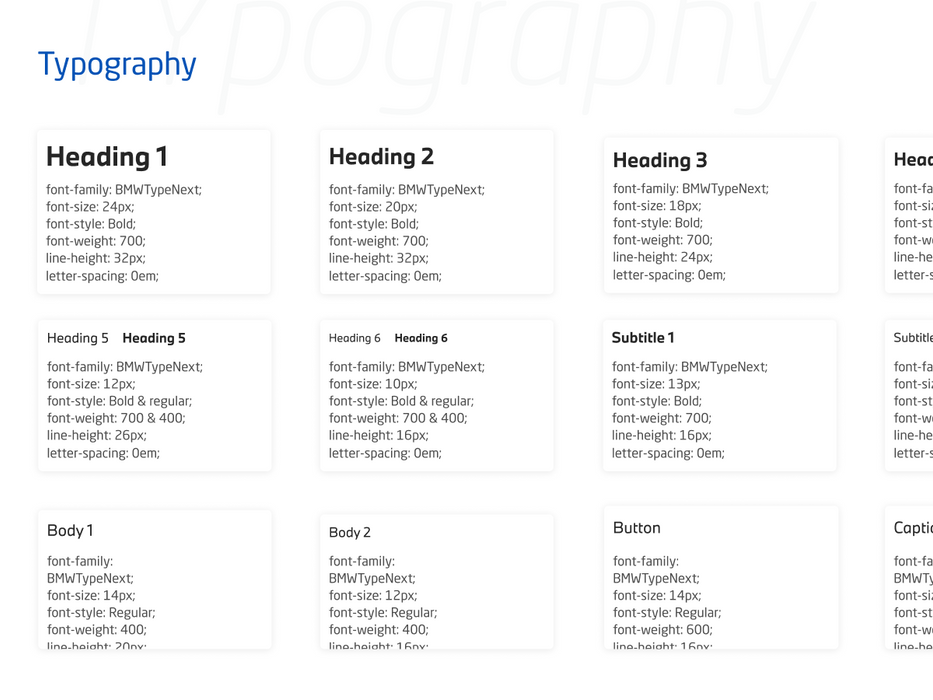Jack bretherick
Product designer
Lojack

LoJack is a stolen vehicle recovery and IoT-connected car system that utilizes GPS and cellular technology to locate users' vehicles, view trip history, see battery levels, track speeding, and maintain vehicle health via a native app. (have since gone out of business)
During my 4 years at Si digital, one of the projects I worked on and played a lead role in design was Lojack, between the development team and myself we came up with an intuitive app that could be built using react native.
The challenge
LoJack is a system designed for stolen vehicle recovery and connected car management, utilizing GPS and cellular technology. The system allows users to locate their vehicles, view trip history, monitor battery levels, track speeding, and maintain vehicle health via a native app.
Additionally, LoJack dealers use the system to manage inventory, monitor battery health, and recover stolen vehicles.
The main challenges for the project included:
-
Multi-User Connectivity: Designing an interface that supports multiple users connected via a parent management system.
-
Visual Map Integration: Incorporating a comprehensive visual map similar to 360 health, displaying real-time data.
-
Comprehensive Data Display: Showing detailed information about vehicle health and trip history in an intuitive manner.
Research
To address these challenges, we conducted extensive research:
-
User Interviews: Engaged with individual users and dealership representatives to understand their specific needs and pain points.
-
Market Analysis: Analyzed similar IoT and vehicle management systems to identify successful features and common issues.
-
Usability Testing: Conducted usability tests with prototypes to gather feedback on design concepts and functionality.
This research helped us understand the diverse needs of our user base, including individual vehicle owners and dealership managers.

Brainstorming solutions
Based on our research findings, we brainstormed several solutions:
-
Parent Management System: Designing a system that allows multiple users to connect and manage vehicles under a single parent account, facilitating better inventory control for dealerships and family management for individual users.
-
Interactive Visual Map: Creating a dynamic map interface that shows real-time vehicle locations, trip history, and health metrics.
-
Data Visualization: Developing intuitive visual representations of vehicle health data, battery levels, and trip details, similar to fitness tracking apps like Strava.
Simplicity at the Heart of Design
To ensure ease of use, simplicity was a core focus of the design process:
-
Intuitive Navigation: Implemented a clean and straightforward navigation structure, allowing users to access key features with minimal effort.
-
Consistent Design Language: Used a consistent design language across the interface, making it easy for users to understand and interact with the system.
-
Clear Data Presentation: Designed clear and concise data visualizations to present complex information in an easily digestible format.
Due to me leaving just after the completion of the initial build of the app I never got to see any testing or how well it did unfortunately
After I left this project ended up spending more time in development, for more features to be added to increase its ability to be used as a white-label product for other manufacturers who wanted a smart app for their connected cars.












